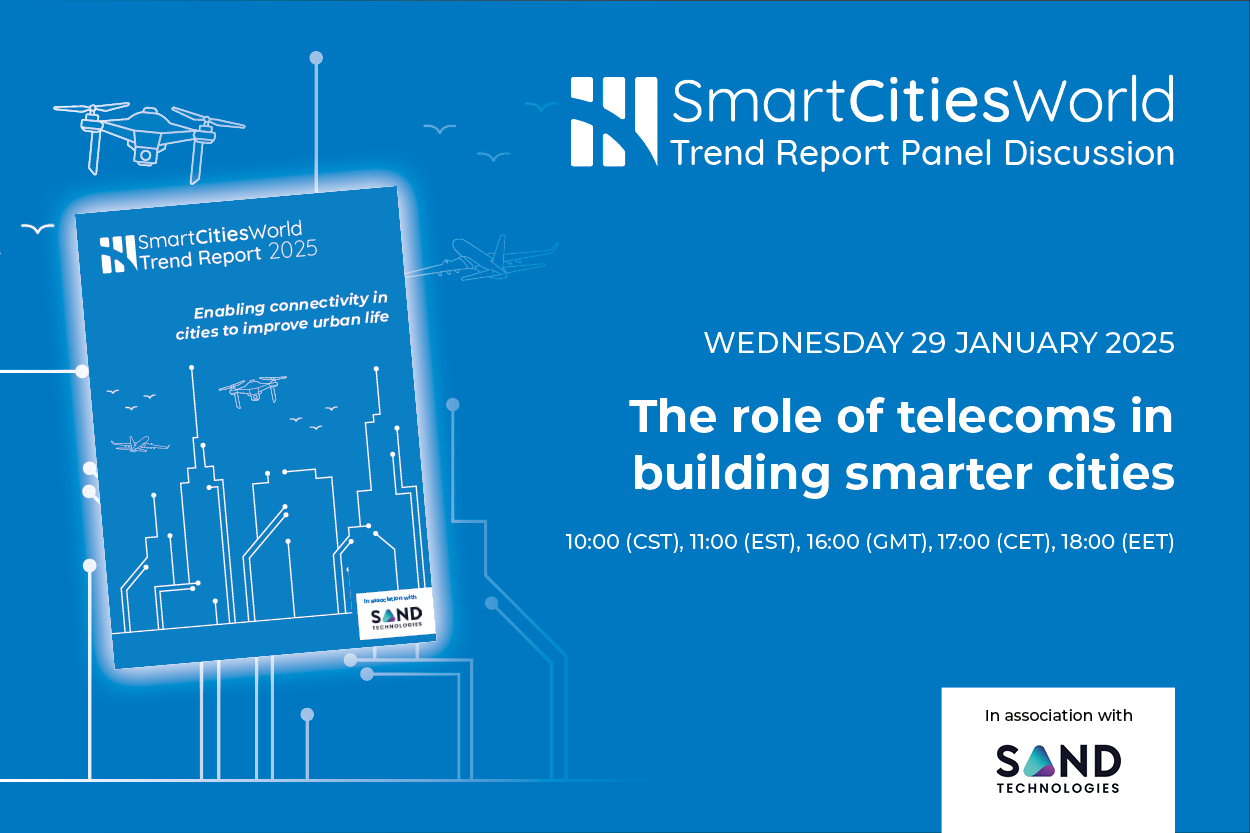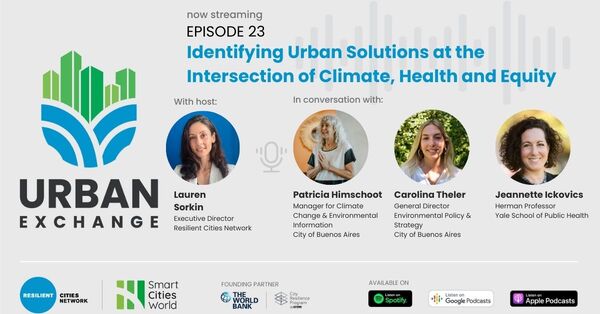Special Reports
SusHi Tech Tokyo 2024: experience ‘Tokyo 2050’ todaySponsored by The SusHi Tech Tokyo 2024 Showcase Program Executive Committee
Overcoming the innovation gap
There is an gap between the aspirations of cities and the true capabilities of smart city technology, writes Anders Lisdorf, author of Demystifying Smart Cities: Practical Perspectives on How Cities Can Leverage the Potential of New Technologies.

When we hear about smart cities and innovation, the sad truth is that this concept may be overpromising and underdelivering. What we hear about are the exceptions and the success stories. But you could argue that not enough cities are taking advantage of the plethora of valuable and transformative new ideas and products out there.
In short, there is an gap between the aspirations of cities and the true capabilities of smart city innovation. Understanding the source of this gap is key for more cities to be able to start harnessing the value of smart city technology.
Adopting innovations
The promise of smart cities lies in technological innovations. But to leverage this potential, cities need to adopt them. While some cities like London, Singapore and New York are aggressively pursuing this agenda, others are less keen. In order to understand why, let us consider the diffusion of innovation research. The sociologist Everett M. Rogers demonstrated more than half a century ago that technological innovations pass through different stages of adoption in a population. Some people are eager to try out anything just because it is new while others would rather roll over and die rather than pick up any new technology.
Before an innovation has permeated the entire population, it has to be adopted by all these different people. Rogers distinguished five different groups of adopters with very distinctive behaviour and characteristics.
• Innovators have an almost obsessive interest in new ideas and are willing to take risks. They are willing to accept a high degree of uncertainty and that an innovation might fail.
• Early adopters are the opinion leaders and are well respected. Others look to them for validation of an innovation. They are typically focused on gaining an edge through innovation and are financially more successful than their peers.
• Early majority want to have firm confirmation that an innovation is efficient before adopting.
• Late majority adopt an innovation as a result of peer pressure and approached with scepticism and caution. They typically have relatively scarce resources, which means that most of the uncertainty about an innovation must be removed.
• Laggards tend to resist innovations outright. They are typically the most constrained on resources and have to be absolutely certain that an innovation does not fail before adopting
While Rogers’ focus was on individuals, organisations exhibit the same characteristics: some will adopt any new innovation like blockchain or quantum computing, while others feel safer holding on to their mainframes and fax machines for as long as possible.
The innovation gap
The problem is that most cities fit the description of the last two categories. They are constantly pressed for resources and have no appetite for potential failure. They have to make sure that an innovation succeeds. The products they choose to adopt are already tried and tested in the market.
However, most smart city technologies are at the early stage of the adoption journey. They are being deployed by innovators and early adopters responsible for smart city policies. At present there are very few smart city solutions that have journeyed along the curve to achieve widespread deployment.
Deploying technology at an early stage also requires specific values and skills. Making something completely new work in an organisation is very different from managing existing infrastructure. A United Nations study into the motivation of public sector employees has found that civil servants are typically motivated more by helping for the common good rather than making cutting edge technology work.
Additionally, cities usually have a salary range that is low compared to what private companies can offer. The group of potential employees that are specialists in applying technological innovations are highly priced in the market. This means that cities often find it hard to compete for this talent.
Deploying technology at an early stage also requires specific values and skills.
This does not, however, mean that it is impossible for cities to overcome the innovation gap, it just means that it does not come naturally.
One further problem is that of citizens. Cities have residents that depend on how well these solutions function. There is increased scrutiny because they are spending taxpayer money. Cities are not a hot startup with an autocratic CEO that can just kill a product and move on if it doesn’t work. The demands and expectations of citizens go some way to explain why cities have natural and well-founded reservations about innovations.
Different models of sourcing innovation
However, innovation is not the only thing that matters; the maturity of the solution is also important. When a city needs to source and implement a new solution, it can do so using a variety of different models:
In house – developed by city employees. This usually has a low innovation potential because city employees are not typically recruited or rewarded for doing cutting edge work, but it will typically lead to more mature solutions.
Procurement – developed on contract by third party. This can be a good way to implement a novel solution but requires that the city has control and a clear idea of what it expects from the implementation partner.
Sponsored – developed for free by third party. While attractive and possibly a good way to source innovative solutions, cities need to make sure that the sponsoring party has adequate understanding of the problem area.
Public private partnerships – collaboration between the city and vendors. This is potentially a powerful combination as cities have the subject matter expertise and vendors bring the technical know-how. While this can be efficient, the likes of intellectual property rights to the finished solution and future pricing for licensing support and operation needs to be sorted out upfront. Cities also need to be transparent in their dealings to avoid accusations of corruption.
Hackathons – developed by individuals for free. These can be good for generating new ideas and approaches, but not mature products
Civic groups – developed by residents in a group. These focus on bottom up interest from citizens and therefore can be good at generating novel ideas that bring immediate value. However, they are difficult to manage and often are best to engage with through openness and dialogue.
University collaborations – developed by students and faculty for free or paid. Major cities often have university systems that bring an exceptional know how and potential for new ideas. The flip side is that universities are motivated more by interesting ideas than by bringing mature solutions to market.
Aligning forms of innovation
These different forms of engagement can all work to fill the innovation gap. Cities can use them selectively for different areas depending on the maturity needed. Chosen carefully they may provide a patchwork of opportunities that support the city in a valuable way.
For example, working on a solution to find out how to identify all people with disabilities who need help in an evacuation may not need a very mature solution, since it just needs to produce a list. In this case, a university partnership or hackathon may be sufficient.
However, revamping the city’s system of evaluating the chances of reoffending is not a likely candidate where the “Move fast and break things” model, since it has enormous consequences for residents’ lives. If this solution does not work, it could negatively affect crime levels. This clearly requires a different level of maturity so procurement or a public private partnership is more suitable in this case.
Understanding and experimenting with different models of engagement may help cities to better take advantage of smart city innovations. However, it requires the will to go outside traditional “business as usual” thinking.

















